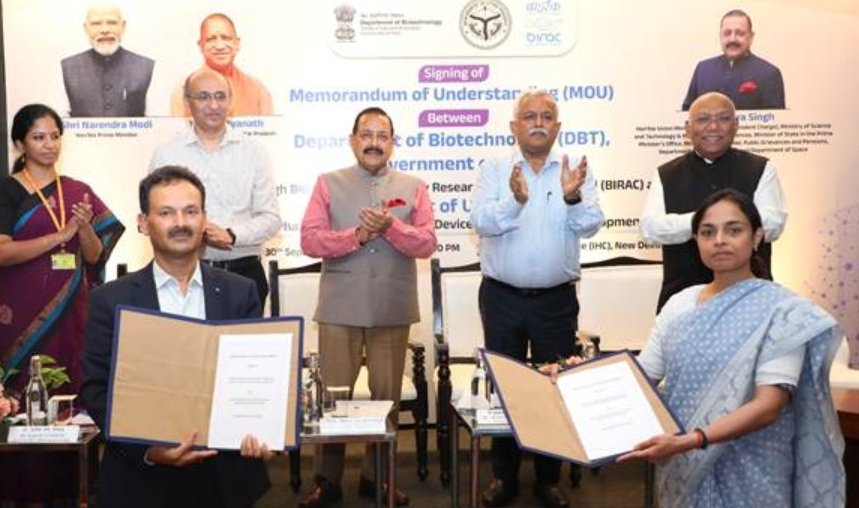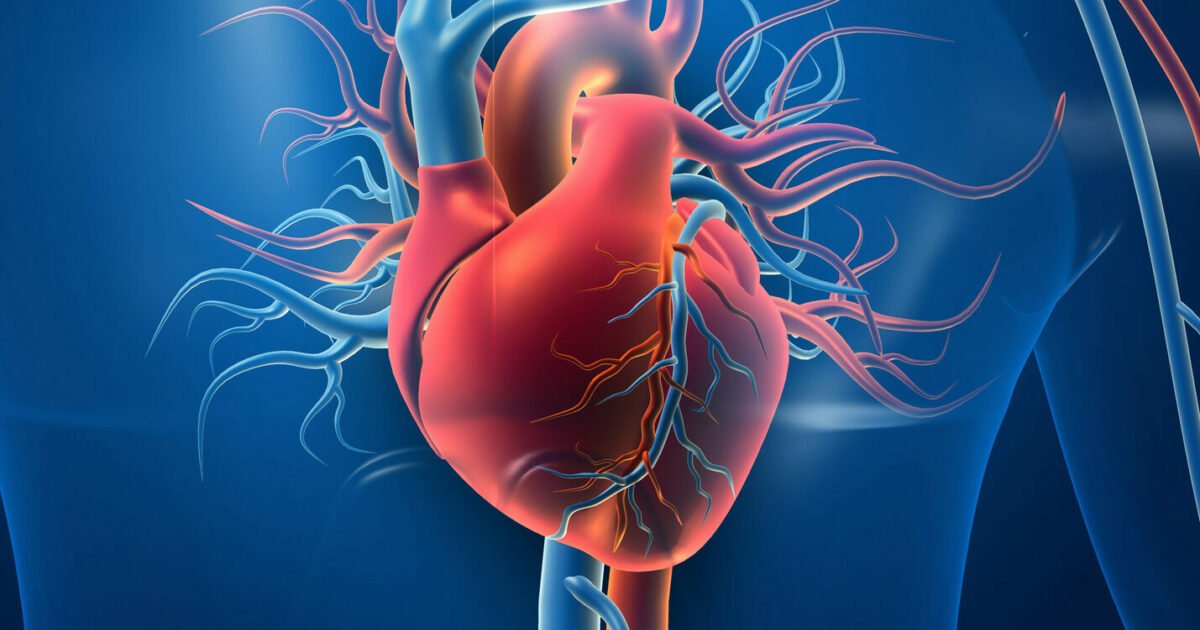WHO to identify pathogens likely to cause future outbreaks and pandemics
November 23, 2022 | Wednesday | News
Essential for a fast and effective epidemic and pandemic response
image credit- shutterstock
The World Health Organisation (WHO) is launching a global scientific process to update the list of priority pathogens, agents that can cause outbreaks or pandemics, to guide global investment, research and development (R&D), especially in vaccines, tests and treatments.
WHO is convening over 300 scientists who will consider the evidence on over 25 virus families and bacteria, as well as “Disease X.” Disease X is included to indicate an unknown pathogen that could cause a serious international epidemic. The experts will recommend a list of priority pathogens that need further research and investment. The process will include both scientific and public health criteria, as well as criteria related to socioeconomic impact, access, and equity.
The list was first published in 2017 and the last prioritisation exercise was done in 2018. The current list includes COVID-19, Crimean-Cong haemorrhagic fever, Ebola virus disease and Marburg virus disease, Lassa fever, Middle East respiratory syndrome (MERS) and Severe Acute Respiratory Syndrome (SARS), Nipah and henipaviral diseases, Rift Valley fever, Zika and Disease X. The revised list is expected to be published in the first quarter of 2023.










